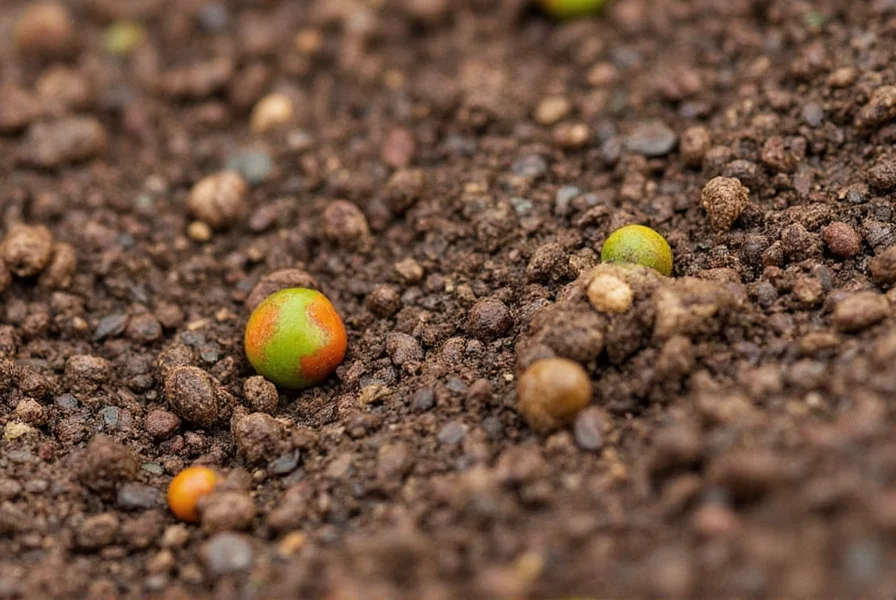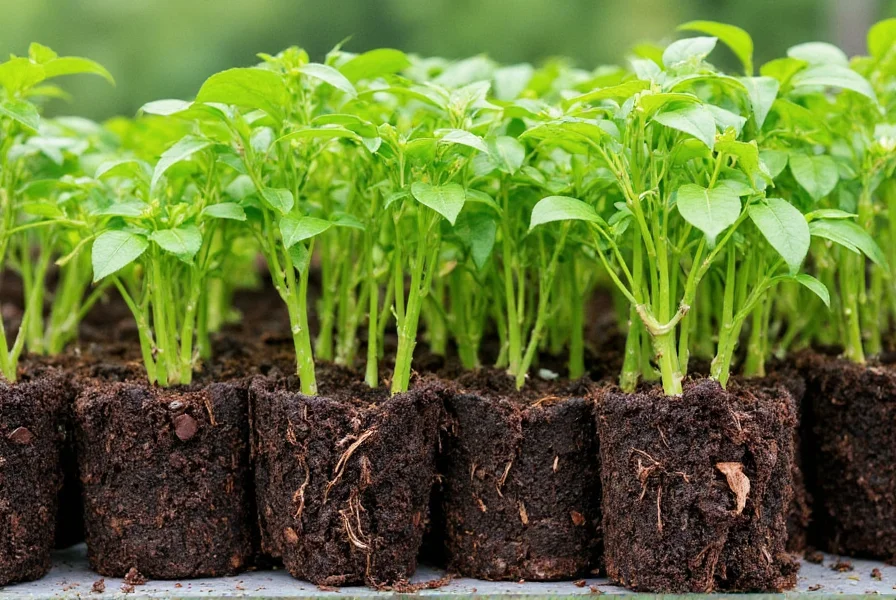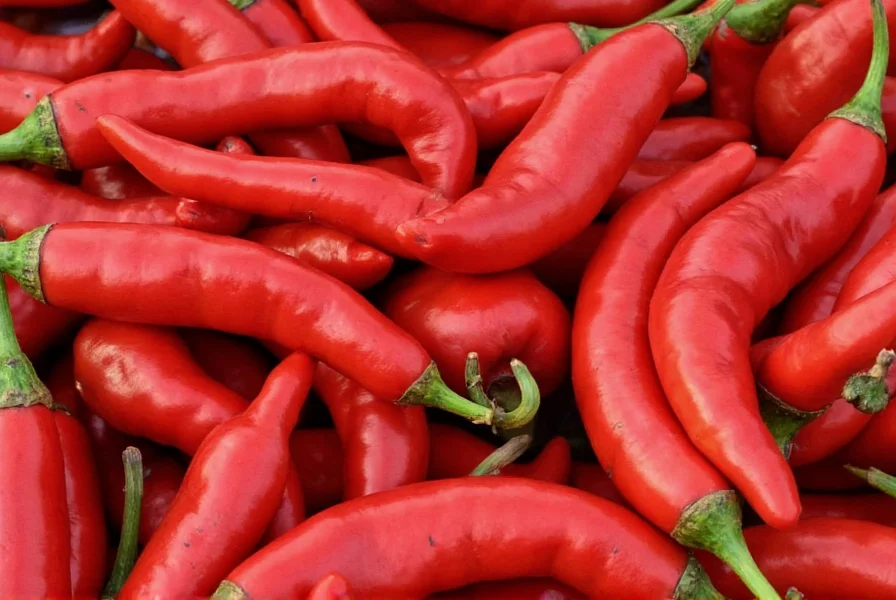Fresno chili peppers, scientifically known as Capsicum annuum, have become increasingly popular among home gardeners seeking versatile, flavorful chilies for culinary applications. Understanding how to successfully grow these peppers from seed is essential for achieving a bountiful harvest.
Understanding Fresno Chili Seeds
Fresno chilies are often confused with jalapeños due to their similar appearance, but they possess distinct characteristics that make them valuable for gardeners. Originally developed in Fresno, California (hence the name), these conical peppers measure approximately 2-3 inches in length and transition from bright green to deep red as they mature.
When working with fresno chili seeds germination time, gardeners should note that these seeds require warm soil temperatures between 70-85°F (21-29°C) for optimal sprouting. Unlike some other chili varieties, fresno chili seeds don't have exceptionally thick seed coats, which contributes to their relatively reliable germination rate of 70-85% under proper conditions.

Optimal Growing Conditions for Fresno Chili Seeds
Successfully cultivating Fresno chilies begins with understanding their environmental requirements. These peppers thrive in warm climates but can be grown in various regions with proper planning.
| Growing Factor | Optimal Range | Notes |
|---|---|---|
| Soil Temperature | 70-85°F (21-29°C) | Cold soil delays fresno chili seeds germination time |
| Air Temperature | 75-85°F (24-29°C) | Nights below 55°F stunt growth |
| Soil pH | 6.0-6.8 | Slightly acidic to neutral |
| Sun Exposure | 6-8 hours daily | Full sun required for best yield |
Step-by-Step Guide to Growing Fresno Chilies from Seed
Starting Seeds Indoors
For most climates, starting fresno chili seeds indoors 8-10 weeks before the last expected frost date provides the best results. Follow these steps:
- Use seed starting mix in trays or small pots
- Plant seeds 1/4 inch deep and cover lightly with soil
- Maintain consistent moisture (not soggy)
- Provide bottom heat if room temperature is below 70°F
- Place under grow lights once seedlings emerge
When considering when to plant fresno chili seeds, timing is crucial. Starting too early can result in leggy plants that struggle after transplanting, while starting too late shortens your harvest window.
Transplanting to Garden or Containers
Transplant seedlings outdoors after all danger of frost has passed and night temperatures consistently stay above 55°F. Harden off plants by gradually exposing them to outdoor conditions over 7-10 days.
For container gardening, select pots at least 12 inches in diameter with adequate drainage. Best soil for fresno chili seeds in containers includes a high-quality potting mix amended with compost and perlite for improved drainage.

Timeline from Seed to Harvest
Understanding the growth timeline helps manage expectations for your fresno chili seeds investment:
- Days 1-14: Germination period (faster with warmth)
- Days 14-56: Seedling growth phase (indoor)
- Days 56-70: Transplanting and establishment
- Days 70-90: Flowering begins
- Days 90-120: First harvest of green peppers
- Days 120-150: Red ripe peppers ready for harvest
Most gardeners report that how long do fresno chili seeds take to grow to first harvest ranges from 70-90 days after transplanting, depending on growing conditions and climate.
Common Challenges and Solutions
Growing Fresno chilies isn't without challenges. Here are frequent issues and their remedies:
Blossom Drop
When temperatures exceed 90°F or drop below 60°F, blossoms may fall off. Maintain consistent watering and consider shade cloth during extreme heat.
Slow Growth
If your fresno chili seed starting temperature was too low, growth may be stunted. Ensure soil temperatures remain above 70°F using heating mats if necessary.
Pest Management
Aphids and spider mites are common pests. Introduce beneficial insects like ladybugs or use insecticidal soap for control.
Fresno vs. Similar Varieties
Understanding how Fresno chilies compare to other popular varieties helps gardeners make informed choices:
- Fresno vs. Jalapeño: Fresnos are slightly smaller, have thinner walls, and offer a fruitier flavor profile with comparable heat (2,500-10,000 vs. 2,500-8,000 Scoville)
- Fresno vs. Serrano: Serranos are significantly hotter (10,000-23,000 Scoville) and have a sharper flavor
- Fresno vs. Hungarian Wax: Hungarian Wax peppers start mild but can become quite hot as they mature
For gardeners specifically interested in fresno chili vs jalapeno seeds, note that Fresno seeds tend to germinate slightly faster and produce plants that are somewhat more compact than jalapeño varieties.
Harvesting and Culinary Uses
Fresno chilies can be harvested at any stage, but their flavor profile changes as they mature:
- Green stage: Crisp, grassy flavor with moderate heat
- Red stage: Sweeter, fruitier notes with slightly increased heat
These versatile peppers work well in salsas, sauces, pickling, and as a fresh garnish. Their thinner walls make them particularly suitable for canning compared to thicker-walled jalapeños.











 浙公网安备
33010002000092号
浙公网安备
33010002000092号 浙B2-20120091-4
浙B2-20120091-4